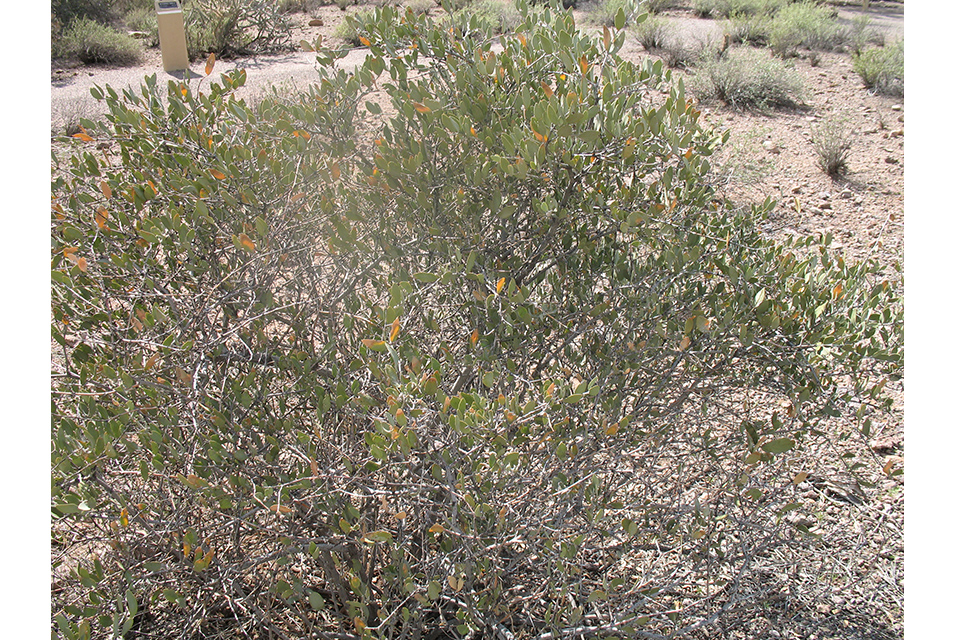BRISBANE.- The hot and dry desert environment has led to big genetic differences between male and female jojoba plants, a discovery which could boost jojoba production and shed light on how plants adapt to environmental stress.
A team of researchers in a collaboration between King Faisal University and
The University of Queensland have identified a wide divergence of sex chromosomes in jojoba.
UQ’s Queensland Alliance for Agriculture and Food Innovation research leader Professor Robert Henry said that most plants were hermaphrodites and contained both male and female parts.
“Just six percent are dioecious, like jojoba, requiring both a male plant and female plant to reproduce.
“Jojoba plants reproduce through sexual reproduction, the way humans do, but male and female genomes in humans are 99.9 per cent the same, whereas in jojoba, there is something like a 15 per cent difference.
“People say men are from Mars and women from Venus when there is a 0.1 genetic difference between the sexes, but male and female jojoba plants have diverged so much more genetically – the harsh environments in which they grow have resulted in the plant having more novel sex genes than any other known living organism.”
The discovery may help researchers develop a DNA test to identify male and female jojoba plants, which cannot be distinguished from each other as seedlings.
Jojoba oil is derived from liquid wax from the seed of female Simmondsia chinensis plants, a shrub native to the deserts of North America.
The plant is known for its high-temperature and high-salinity tolerance, and its oil is used in skin care and pharmaceuticals, with applications for medical and industrial-related products.
Only female plants carry seed.
“As mature plants, the male and female are very different,” Professor Henry said.
“The females are bigger, the males tend to be smaller plants and a different shape.
“The females have much deeper root systems.”
Professor Henry said a problem for jojoba famers was that although in the wild the male-female jojoba plant growth ratio was similar, in cultivation systems, five times more males were produced than females.
“Growers don’t want to plant males – they have to dig out the male plants and replant,” he said.
“It’s not a good use of resources in a harsh growing environment.”
Professor Henry said male and female jojoba plants may have evolved in response to differing reproductive resource allocation requirements under the stress of the desert environment.
“Male specific regions included many flowering-related and stress response genes,” he said.
Female plants devote resources to seed production, and greater root growth allows the female plants to establish for the longer growth phase required to support seed production.
The global jojoba oil market is growing at a rate of 8.4 per cent per annum.
Key production regions for jojoba in Australia are the central western plains of New South Wales and southern Queensland.
The United States of America accounted for 39 per cent of jojoba production in 2019 – Mexico, Israel, Chile and Argentina are other major producers.
Jojoba is also being planted in Saudi Arabia at the campus of King Faisal University with plans for large-scale plantings.
This research is published in The Plant Journal (DOI: 10.1111/tpj.15509).









